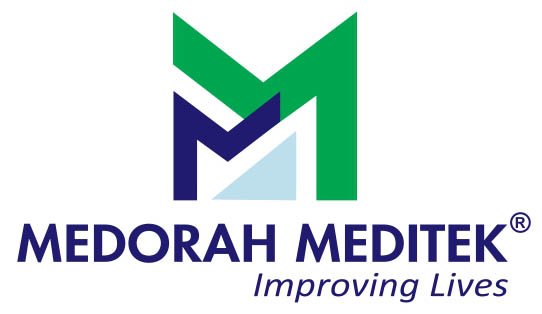The bile duct is a tube like, long structure which connects the liver to the small intestine and the gall bladder. The function of the duct is to transport bile, which is a waste product emerging from the liver and also helps in digestion of food.
However, at times, the bile duct can become blocked or narrowed which can result in many problems like vomiting, nausea, chills or fever, abdominal pain, itching or jaundice. Persons with high risk include those who have pancreatic inflammation, gall stones, history of liver transplant or biliary surgery or some kinds of cancer like bile duct or pancreatic cancer.
Use of Stents
Previously surgical solutions were more common to treat such issues but in current times, stents have become the popular method of choice. Stenting is a non-invasive procedure with no need for incisions in the abdomen and has better results. Stents are available with endoscopy products distributor.
During stenting, a flexible scope is inserted via the mouth of the patient and also into the small intestine with help of imaging to the exit point of the bile duct. By making use of guidance by X-ray, a metal or plastic stent maybe inserted into the bile duct for treating the stricture (narrowed walls). This procedure is referred to as Endoscopic Retrograde Cholangiopancreatography (ERCP).
The stent has the function to keep open the narrowed area such that bile from gall bladder and liver will empty in proper fashion. Following several months of being stretched, the stricture will return to its original shape and the doctor can remove the stent.
Pros and Cons
Whenever possible, there is no doubt that stenting is superior to surgery. The more controversial issue is the choice between metal and plastic stents.
A metal stent that is expanding can be implanted for a longer period of time and needs only 2 procedures- one for placing the stent and the next for removing the stent.
Plastic stents mostly plug up and prevent drainage, needing additional procedures and is some cases, causing further complications.
On the other hand, metal stents are tougher to place in the bile duct and are harder to remove. They are more expensive and since they are self-expanding, they may result in damage to tissue within the duct and at the corner of the stent.
Currently, such kind of differences is not that controversial. Metal stents are approved by the FDA for use in cancer patients while plastic stents can be used in both benign and malignant conditions.
Since decades, fixed diameter plastic stents have been used with success to relive jaundice and enhance life of patients with pancreatic cancer. But their size promotes bacterial biofilm growth and accumulation of biliary sludge.Plastic stents also result in need for repeat procedures and more hospital stays.
Metal stents, especially, those with diameters three times that of plastic stents, have a higher duration of patency and reduce formation of biofilms. But the choice of stents depends ultimately on patient prognosis and relative cost of metal stents and repeat ERCP.
In general, plastic stents are ideal for patients surviving for less than 3 months while metal stents suit those living longer. The factor is that of re-imbursement via insurance. Most insurers do not provide cover for metal stents but for patients needing repeated procedures, the plastic stents are fully covered.
Both kinds of stents are available with endoscopy medical equipment suppliers.

